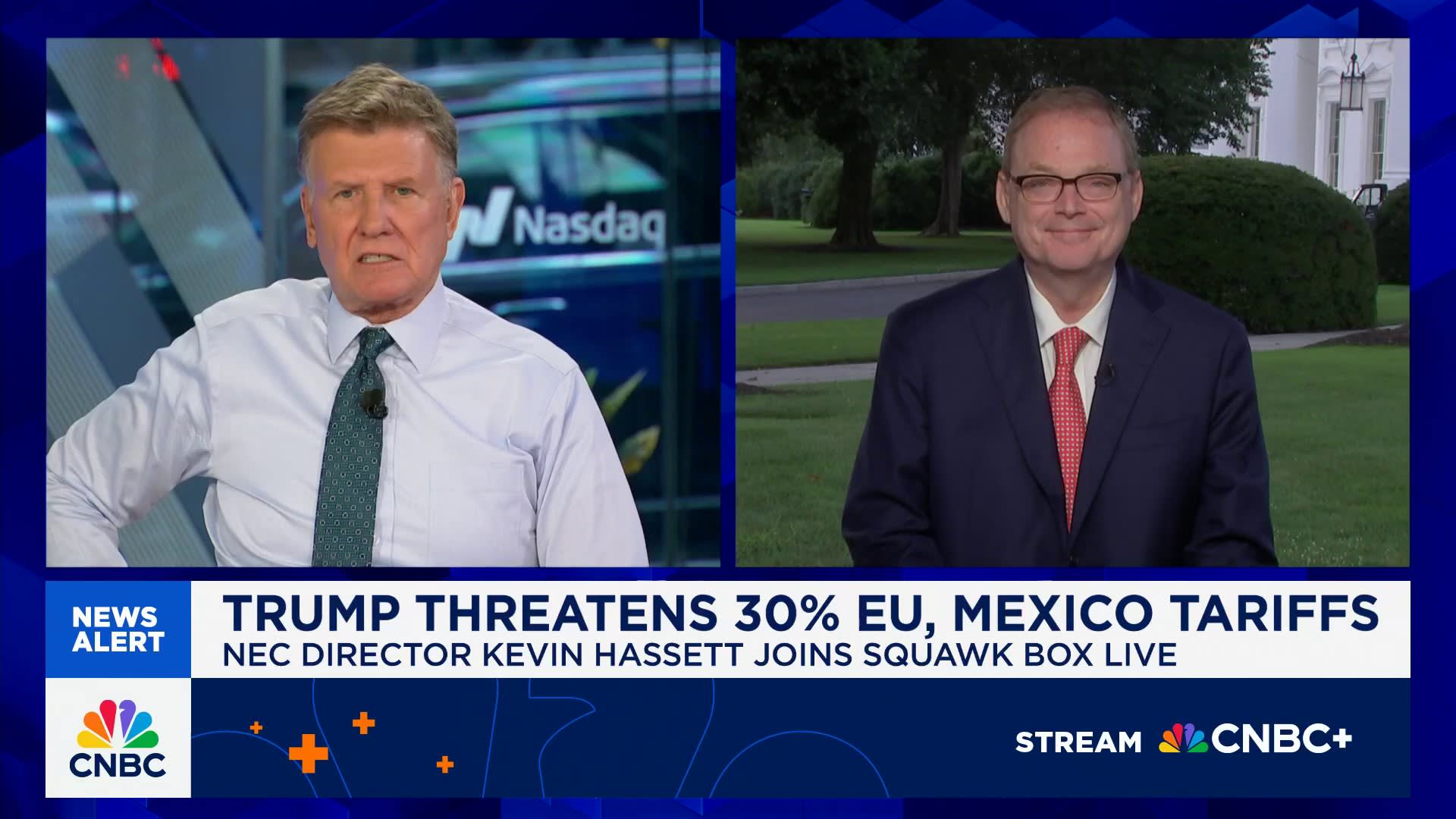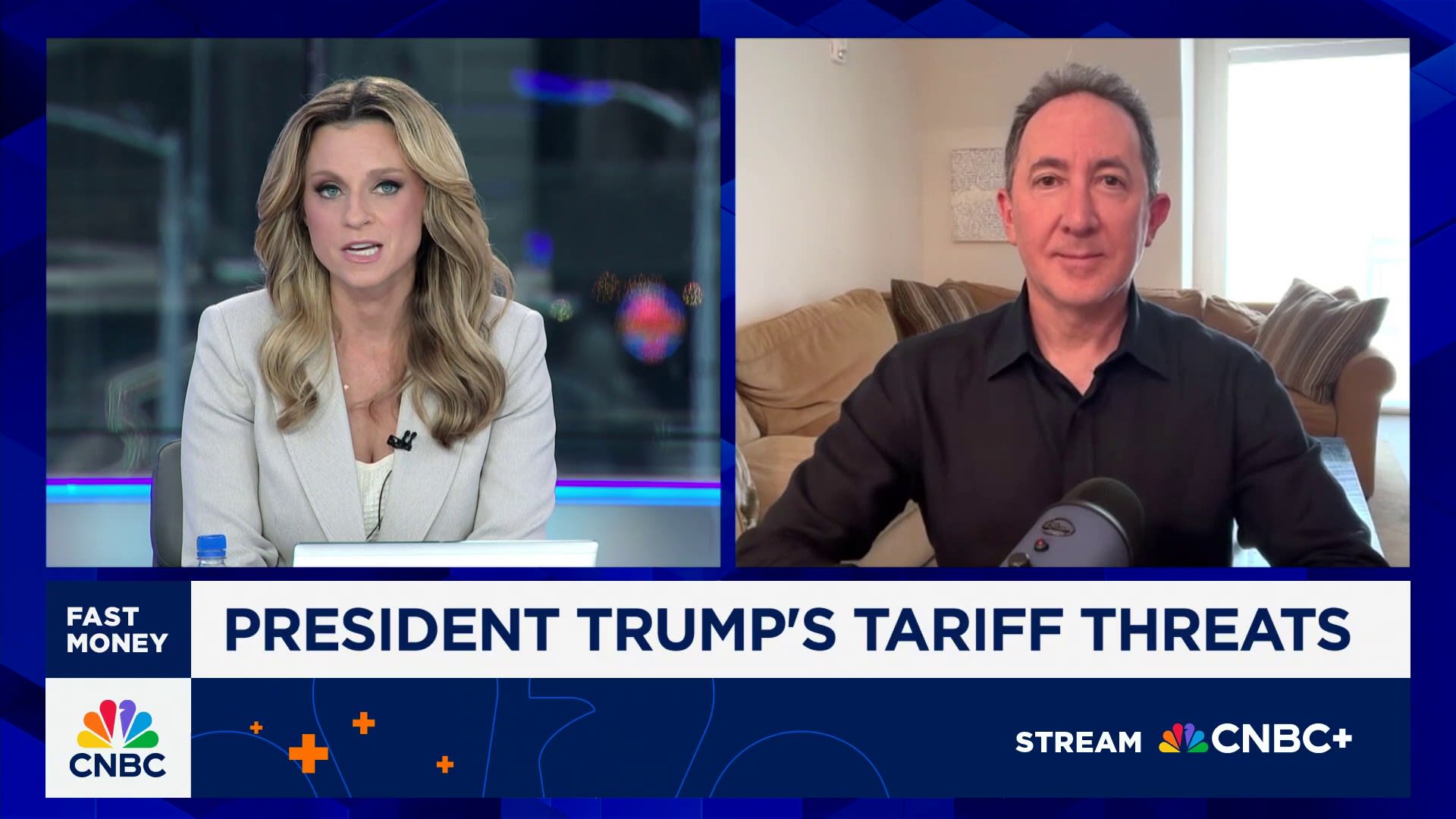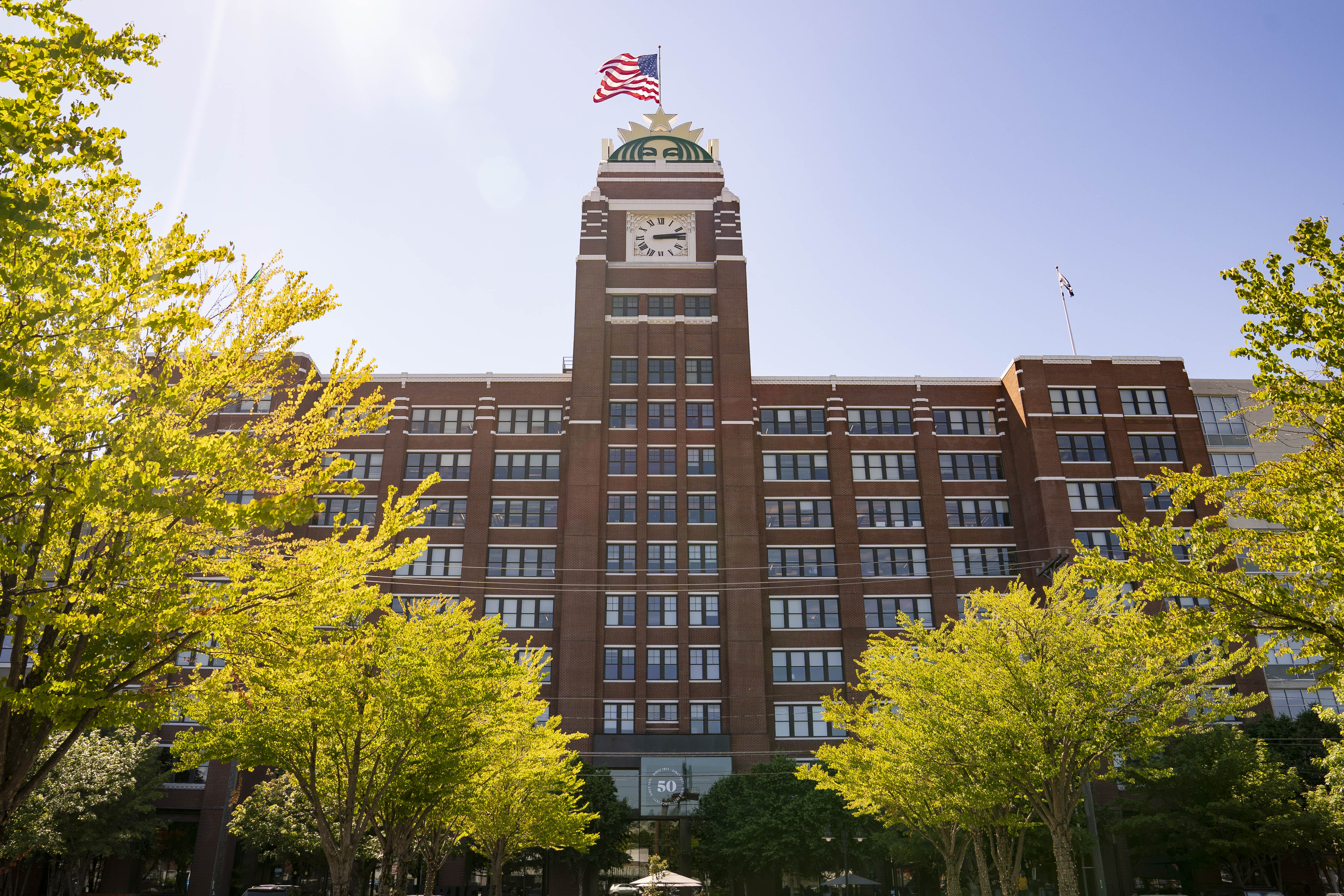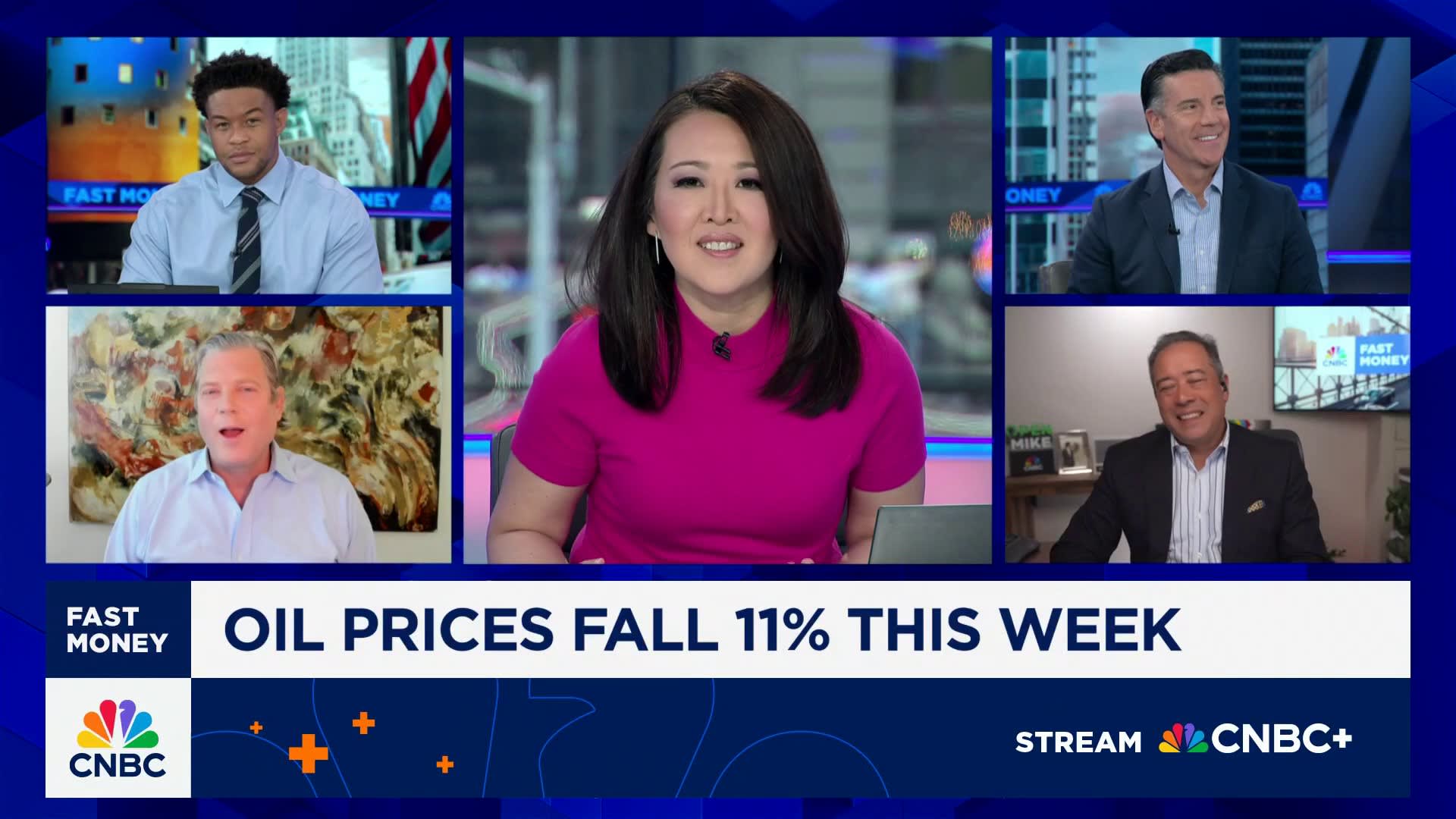The Tarot deck, with its mysterious images and symbolic meanings, has intrigued people for centuries. Whether used for divination, meditation, or artistic inspiration, Tarot cards hold a rich and fascinating history.
The Tarot deck’s origins are somewhat obscure, with its roots intertwined with the history of playing cards. The earliest playing cards appeared in Europe in the late 14th century, likely influenced by Mamluk card games from the Islamic world. These early cards were primarily used for games rather than divination.
The Tarot as we know it today likely emerged in Italy during the 15th century. The earliest surviving Tarot cards, known as the Visconti-Sforza deck, were created for the ruling families of Milan. These hand-painted cards were luxurious items, featuring intricate designs and gilded details. The Visconti-Sforza deck consisted of 78 cards, including the 22 Major Arcana and 56 Minor Arcana cards that are standard in modern Tarot decks.
Development of the Tarot Deck
The structure of the Tarot deck evolved from earlier playing card decks. The Minor Arcana closely resembles the suits found in standard playing cards: Cups (Hearts), Swords (Spades), Coins (Diamonds), and Wands (Clubs). Each suit contains numbered cards from Ace to Ten, along with four court cards: Page, Knight, Queen, and King.
The Major Arcana, however, is unique to Tarot. These 22 cards, including iconic figures like The Fool, The Magician, and The High Priestess, are laden with symbolic imagery and deep meanings. Each card in the Major Arcana represents significant life events or spiritual lessons, contributing to the deck’s mystique and appeal.
Tarot and Divination
The use of Tarot cards for divination likely began in the late 18th century, when mystics and occultists started exploring their symbolic potential. One of the most influential figures in this development was Antoine Court de Gébelin, a French clergyman and Freemason. In his multi-volume work “Le Monde Primitif,” published in 1781, de Gébelin suggested that the Tarot was of ancient Egyptian origin and contained esoteric wisdom.
Although de Gébelin’s theories were speculative and lacked historical evidence, they sparked widespread interest in the Tarot as a tool for divination and spiritual insight. Around the same time, Jean-Baptiste Alliette, known by the pseudonym Etteilla, published the first Tarot deck specifically designed for divination, complete with interpretations and meanings for each card.
The Occult Revival
The 19th and early 20th centuries saw a resurgence of interest in the occult, and the Tarot was at the forefront of this revival. The Hermetic Order of the Golden Dawn, a secret society dedicated to the study of magic and mysticism, played a crucial role in shaping modern Tarot practices. Members of the Golden Dawn, such as Arthur Edward Waite and Pamela Colman Smith, created one of the most famous Tarot decks: the Rider-Waite-Smith deck, published in 1909.
The Rider-Waite-Smith deck introduced several innovations that have become standard in modern Tarot decks. Pamela Colman Smith’s illustrations for the Minor Arcana included detailed scenes, making the cards more accessible and easier to interpret. The deck’s imagery drew from a variety of esoteric traditions, including Kabbalah, astrology, and alchemy, reflecting the Golden Dawn’s eclectic approach to mysticism.
Tarot in the Modern Era
In the modern era, Tarot has continued to evolve and diversify. New decks are created regularly, each with its own artistic style and interpretive approach. Some decks, like the Thoth Tarot designed by Aleister Crowley and Lady Frieda Harris, are heavily influenced by specific mystical traditions. Others, like the Wild Unknown Tarot by Kim Krans, offer a more contemporary and intuitive perspective.
Today, Tarot is used for a variety of purposes beyond divination. Many people use Tarot cards for meditation, seeking personal insight, and exploring their subconscious mind. The symbolic imagery of the cards can serve as a mirror, reflecting the querent’s inner thoughts and emotions.
Understanding the Symbolism
The rich symbolism of Tarot cards is a key aspect of their enduring appeal. Each card contains layers of meaning, drawn from a wide range of cultural, religious, and mystical traditions. The Fool, often considered the most important card in the deck, represents new beginnings, innocence, and the journey of the soul through life’s challenges and lessons. The Magician symbolizes the power of will and manifestation, while The High Priestess embodies intuition, mystery, and hidden knowledge.
Interpreting these symbols requires both knowledge and intuition. Tarot readers often combine traditional meanings with their personal insights, creating a dynamic and evolving practice. This flexibility is one reason why Tarot remains relevant and popular in contemporary spiritual practices.












